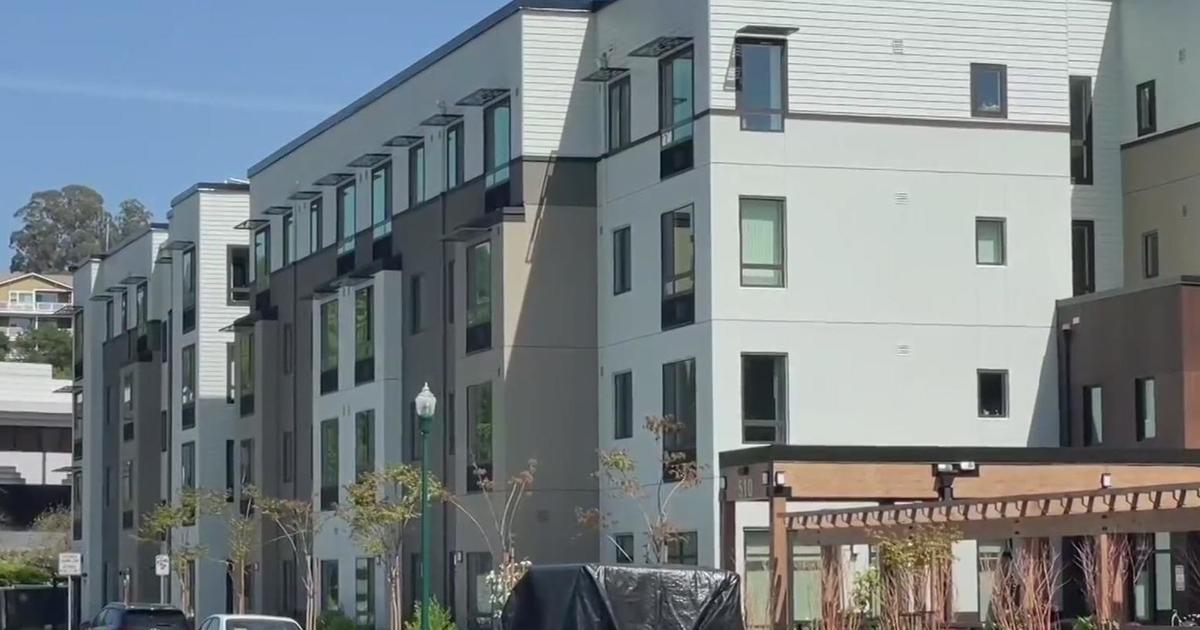Glitch Holding Up COVID-19 Data Fixed As California Death Toll Reaches 10,000
SACRAMENTO (CBS / AP) — A top California health official says a technical glitch that caused a lag in collecting coronavirus test information has been fixed, but it could take up to 48 hours to get the data updated.
Health and Human Services Secretary Dr. Mark Ghaly said Friday that up to 300,000 records might have been backlogged — but not all of them are coronavirus cases and some may be duplicates.
Ghaly said the problem began with a computer server outage in late July.
He said in one case, a major lab didn't get any information into the state system for five straight days.
Despite the lag in numbers, Ghaly said officials believe overall COVID-19 trends remain consistent.
The state has built a redundant system to make sure the problem doesn't happen again.
Labs are being encouraged by the state to report information directly to county health offices instead of going through the California Reportable Disease Information Exchange (CalREDIE), where the data flaws are. The results getting to the state are accurate, but they are not posting as quickly as they should, said John Swartzberg, an infectious disease expert at the University of California Berkeley's School of Public Health.
"If we're not getting the data coming in a contemporaneous fashion, we're not able to act on it appropriately," he said. "That's the dilemma. And that's where the delay with CalREDIE getting numbers in in a timely fashion really makes the county health officers, if not blind, at least looking through foggy glasses."
• ALSO READ: Dr. Deborah Birx: Central Valley Among Latest Areas Of Concern For COVID-19 Rise
The data system may not have been ready to receive so many test reports at once, says Rick Greenwood, external affairs officer for the California Association of Public Health Laboratory Directors. He said a team has been working around the clock to solve the problem.
"You can't control disease if you don't know where it is, and what's positive, and how many cases have been tested," he said. "It is crucial to what's going on in particular with the governor's metric of opening and closing things based on positive tests."
Marin County flagged the problem in mid-July when it started seeing a growing gap between the number of cases reported directly from labs and the state's numbers, said Dr. Matt Willis, the county's public health officer. The county receives about 90% of its results directly from labs and relies on the state system for the rest.
It became an issue when residents began asking why the county was reporting more cases than the state, pushing Marin County over the limit set by Gov. Gavin Newsom's administration for elementary schools to reopen — but only by the county's estimates and not the state's, he said.
Marin estimated the county had 210 cases for every 100,000 residents over a 14-day period, while the state estimated there were 170, he said. He estimated about a fifth of virus testing data to the state could be delayed.
"We're in an interval now where we've been seeing significant increases in cases across the state. There's been a lot of policy responses to that," he said, "This is a particularly vulnerable moment for us as a state to lose access to data."
The state's data page now carries a disclaimer saying the numbers "represent an underreporting of actual positive cases" per day. But it continues to show a rate of infection that may not be accurate.
The glitch comes as the country's most populous state surpassed 10,000 deaths from the coronavirus, making it the U.S. state with the third-highest number of deaths since the beginning of the pandemic.
Johns Hopkins University on Friday showed 10,024 dead since the outbreak began in California in February. New York and New Jersey have the highest and second-highest number of deaths in the U.S. at more than 32,000 and nearly 16,000, respectively.
The first known COVID-related death in the U.S. occurred in early February in Santa Clara County.
Newsom was the first governor in the nation to issue a stay-home order in mid-March. But the virus began to surge after the Memorial Day holiday as the state relaxed its restrictions and people tired of staying indoors gathered with family and friends.
It's unclear what the current infection rates are, however, as California's system for tracking the disease is beset by technology problems that have delayed the reporting of test results.
Newsom addressed the state on Monday, but he did not mention the data lapse. He has not held one of his regular briefings since.
For most people, the new coronavirus causes mild or moderate symptoms, such as fever and cough that clear up in two to three weeks. For some — especially older adults and people with existing health problems — it can cause more severe illness, including pneumonia, and death.
© Copyright 2020 CBS Broadcasting Inc. All Rights Reserved. The Associated Press contributed to this report.



